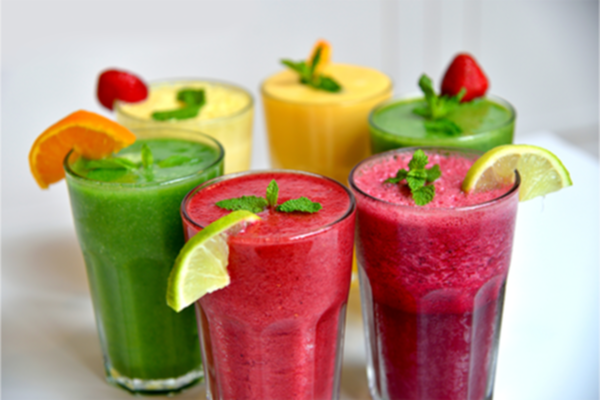Every Bite Counts
Decreased appetite is a common side effect of cancer and cancer treatment. Loss of appetite and getting full quickly leads to eating less and weight loss which can adversely affect your nutritional status.
Nutrition plays a key role in many ways during cancer treatment, including cell maintenance and repair, immune response, maintaining muscle mass, helping wound healing, tolerating treatment, etc. Together, these elements affect the quality of life, and better nutrition leads to better outcomes.
It is important to note that not all cancer patients lose weight. In fact, some gain weight. For the purposes of this blog, I’m going to focus on those that may be in jeopardy of decreased nutrition status and hopefully answer the question, how do you eat “when you’re just not hungry.”
Side effects vary from person to person but can definitely plague some for a significant portion of the day. Some say breakfast is the most important meal of the day, and as per my observation, people going through cancer treatment tend to eat their best in the morning (generally).
During cancer treatment, when feeling lousy outweighs feeling good, the most important meal of the day is whenever you feel good enough to eat. I always advise patients to eat when they feel best and eat whatever they want, even if it doesn’t necessarily fit with tradition. Anything goes, breakfast for dinner, dinner for breakfast, or anything in between.
Specific macronutrient (carbohydrate, protein fat) energy needs vary from patient to patient. My goal is to share some ideas to get good quality nutrition when overall intake is low.
Try not to focus on or get stressed over the fact that you’re not consuming your norm, but rather, when you do have those moments (even if fleeting) of feeling okay, take sips and bites of some nutrient-dense foods and drinks. Use small plates and only take small portions to not be overwhelmed.
Here are some foods to up your calories, protein, and other nutrients. Good “breakfast-y” choices include Kefir, Greek, and regular yogurt, tofu, ricotta cheese, cottage cheese, Farmer Cheese, Salmon, avocado, nuts, seeds, oatmeal, cheese, quinoa, peanut and almond butter, fruit, and vegetables. Use these foods in creative combinations. Try smoothies, waffles, pancakes, eggs, toast, wraps, and muffins. Berries are high in antioxidant levels, and nuts and seeds add texture and flavor, and are high in calories and other nutrients.
Smoothies are popular with my patients as it’s sometimes easier to drink the calories than eat them. They are quick to make and are a great way to get in quality nutrients. Keep the drink by your side and sip over time; this way, there’s no pressure to complete a meal.
Here’s a quick general formula to follow to make a smoothie:
1) 1 cup liquid base (milk, plant milk alternative, juice, protein shake)
2) 1 cup fruit (banana, berries, melon),
3) Add protein ( Greek yogurt, nut butter, hemp seeds, protein powder)
4) Add a handful of leafy greens (spinach, kale)
5) Add ice (*suggest using frozen fruit instead of ice to up the intensity of the flavor).


